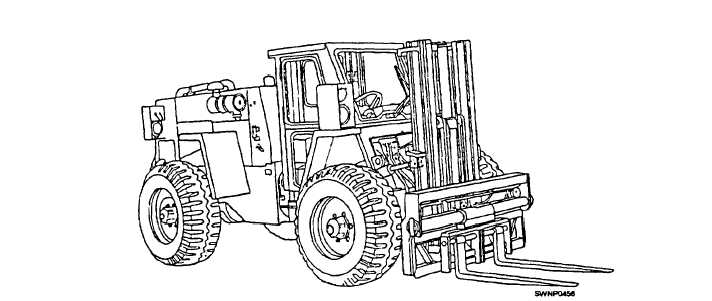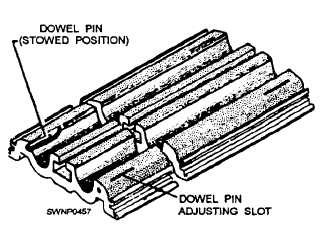
Figure 11-4. - 4K rough-terrain forktlift.
Pallet components are vulnerable to damage by misuse of tools, such as cutting torch, bolt cutters, and sledge hammers. Therefore, extreme care must be used during pallet disassembly. No spare components are packaged in the pallet.
Installation Crew
Field experience dictates that a 16-man crew provide maximum efficiency and flexibility when laying a runway 96 feet in width. Two crews can be used inlaying a runway and additional crews used for laying other areas simultaneously. A typical crew of 16 would include 1 petty officer in charge, 1 alignment person, 2 pry bar crew members, and 12 (six 2-person teams) mat installation personnel.
The alignment person ensures the field is aligned by adjusting the first mat in each transverse row, so it is flush with the presurveyed lateral boundary before the rest of the mats in that row are laid.
The pry bar crew members adjust individual mats, using a pry bar to provide maximum allowance for thermal expansion and insert the mat-locking bars.
The installation pesonnel, working with partners, take a mat from the pallet, carry it to the installation point, and then install the mat in place.
SATS Field Installation Sequence
The sequence of laying matting for a runway where a guide rail for a catapult system is not required is not the same as for a runway where a guide rail is required. Figure 11-5 shows you what a guide rail looks like. When a catapult facility is used with a SATS installation, a guide rail is needed to provide stability to the dolly and the aircraft during the launch. The guide rail is supplied in 9- and 10-foot lengths and has connectors on both sides to mate with the mat end connectors. A l/8-inch rubber seal is installed between each section to provide for thermal expansion and to prevent debris and soil from coming up between the rail sections. Dowel pins are used between two holes in the mats at each end of the guide rails to maintain alignment of the sections. The guide rail is installed concurrently with the mat field, and standard mat-locking bars are used to secure it to the mats.
NOTE: The catapult and arresting system is not available currently in the ABFC System. However, it was originally designed for the ABFC System and could be used in the future; therefore, information on guide rails is provided.

Figure 11-5. - Guide rail.
Continue Reading